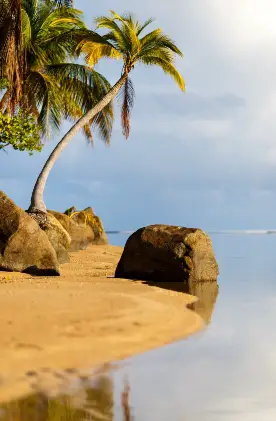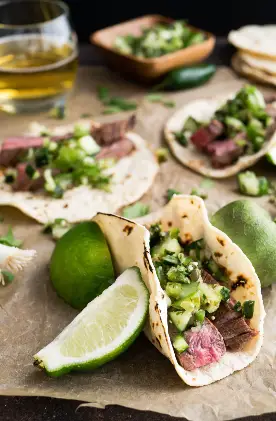Buenos dias viajeros! My name is Mark Fox. I’m a British photographer who has spent the last four years traveling the planet. I now reside here in Ecuador where most of my trips are to the incredible Ecuadorian Amazon.
I grew up on a super small island called Jersey in the UK and then moved to England to study my degree in what was essentially wildlife and nature photography. My whole life was spent on a 9×5 mile island (Jersey) and I felt like I was missing out on so much beauty that the world had to offer.
I didn’t even travel on a train until I was 19. Even things like driving on a motorway was a scary concept to me. It wasn’t until 2015 that I had my first real travel experience following the backpacker crowds to Asia. Whilst on that trip, everyone was raving about how amazing South America was. That was when the seed of traveling to Ecuador was planted in my mind.
Upon returning home, it was all I could think about. The travel bug had set in. Fast forward two years and I quit my job as a Cameraman/Photographer for a TV channel to go and bask in the Latin sun. I spent the year traveling up the continent. The idea was to stay out of the cities and keep it adventurous – river rafting, living with jungle tribes, volcano treks, etc.
By the time I reached Ecuador, it was my halfway house and I chose this period to chill in one place and work. I hit up Montanita, became a beach bum on the coast surfing and partied everyday. I spent three months in Ecuador and realized that it was a gem, hidden in the shadows of Peru and Colombia. Then I made the decision to return in 2019 but this time to stay.
With over two years living the Ecuadorian life, I have just about conquered the language and seen a decent portion of the country. Some of the top spots I can recommend are Montanita, Ayampe, Olon for surfing/beach life, Banos for outdoor activities, El Quilotoa and Cotopaxi for volcano treks, Puyo for your gateway to the Amazon or Yasuni National Park for a longer stay, and of course the Galapagos Islands.

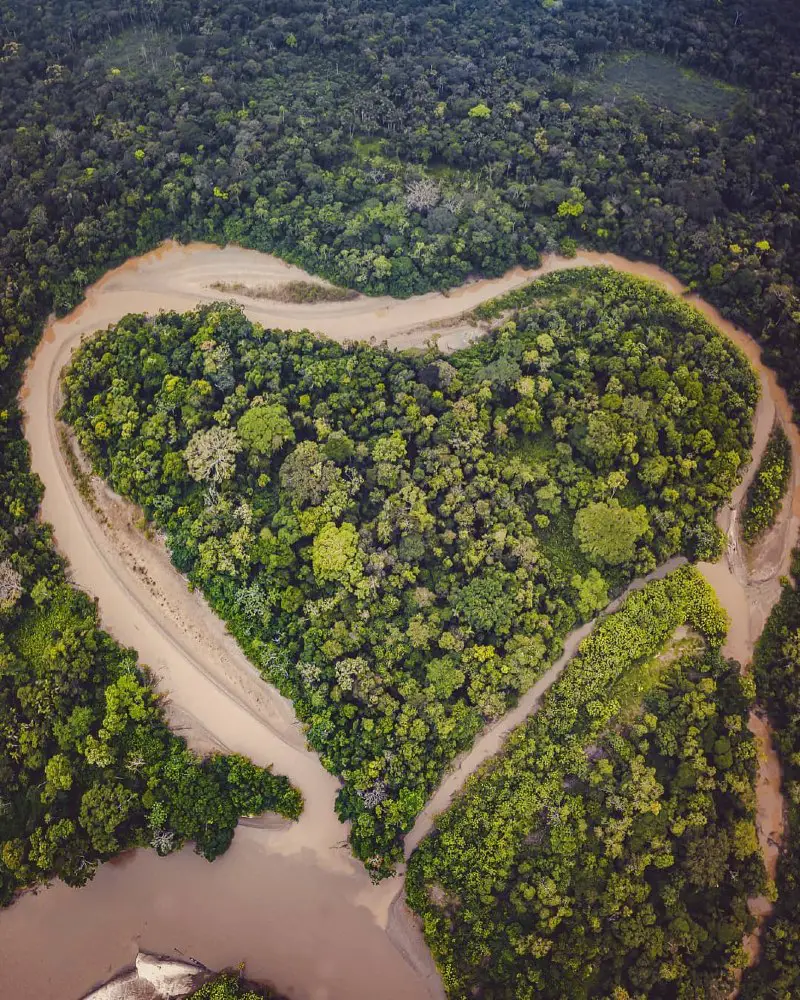
Visiting Indigenous Communities in the Ecuadorian Amazon
Even though I live on the coast, the Ecuadorian Amazon is definitely my specialty. Over two years, I have taken several trips spread across the region. In those visits, I have stayed with multiple communities and three different indigenous groups: the Shiwiar, Quechua and Shuar. All of these communities sadly face threats from oil extractions and deforestation.
10 of the 14 indigenous nationalities in Ecuador actually live in the Amazon Rainforest. Each nationality has their own dialect, cultural dress and face paint style which makes them all unique. Although, much of the traditional dress wear has been lost in recent generations due to various charities donating clothes which are much more practical and comfortable.
I hate to burst the perception bubble but these days when you see an Amazonian tribe on TV – 9 times out of 10 they will be asked to present themselves in their traditional dress. However, this wouldn’t be an accurate representation of how they dress on a daily basis. A similar situation is true with the communities. They will wear the dress in order to give you an overview of their traditions but much of it is not worn in modern times.



My Favorite Spot in the Ecuadorian Amazon: The Shiwiar Territory
My favorite spot in the Amazon is the Shiwiar territory which is located on the border of Peru. It’s probably the most remote place I have ever been to – complete wilderness! To arrive, you need to travel by plane and land on a grassy runway which has been cut by locals using machetes.
Unlike other indigenous communities who have overhunted and driven the wildlife out of their region, the Shiwiar have an abundance of wildlife surrounding them. Their diet consists of animals such as Monkeys, Tortoise, Caiman, Grubs, Fish, as well as their staple carbs of Yucca and Plantain. If you are considering traveling to the Amazon, I highly recommend this territory. You are welcome to hit me up on Instagram for advice.
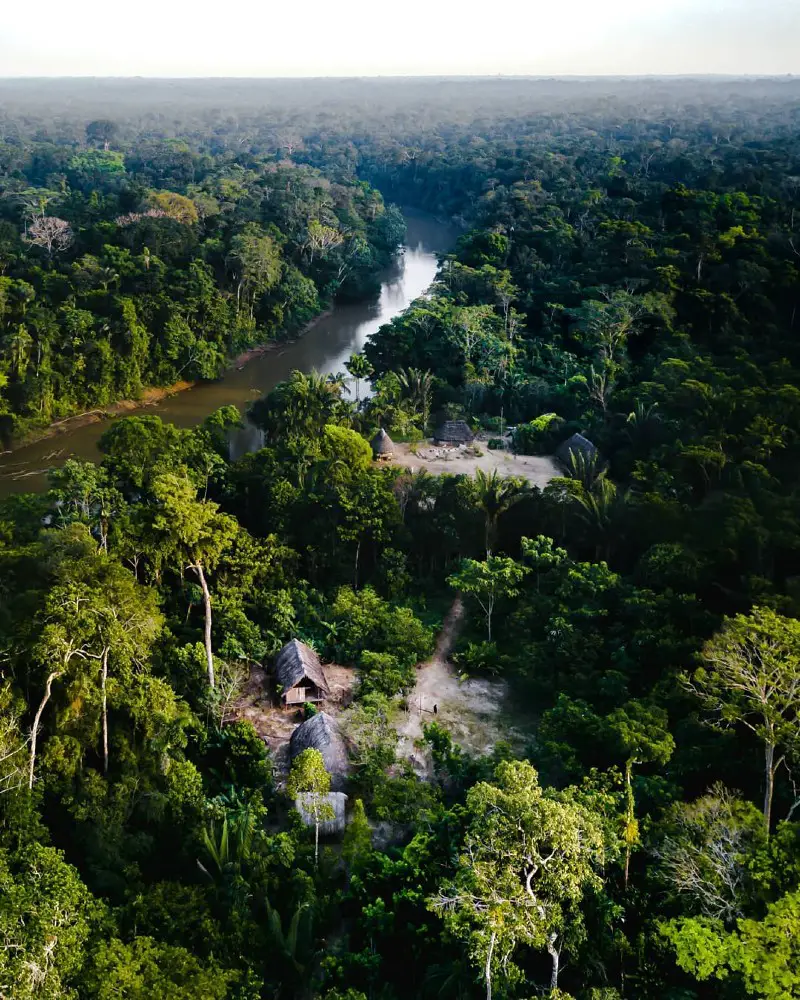

How to Best Experience the Ecuadorian Amazon
Ironically, I’m not the best person to talk to about the “tourist” spots of the Ecuadorian Amazon as most of my attention is in remote areas working with local communities – places where tourists rarely venture. That said, here is a general overview on how to approach the Amazon experience.
The gateway to the Amazon can be accessed through a few different cities: Puyo, Macas, Coca and Tena. Look to see which town is nearest to the rest of your itinerary. If you are looking for a day trip to experience something, I would head to Puyo as there are some great “Instagrammable” viewpoints. Search for Mirador Indichuris on your Instagram for inspiration!
You can also go rafting or do a forest walk to Hola Vida Waterfall which is lovely. To the south is Macas. This place is stunning if you want to hire a car and drive through mountainous jungle regions where the Amazon meets the Andes. If you are lucky, you might see Sangay Volcano erupting!
Tena is near to where I shot most of my Ayahuasca ceremony shots with a super knowledgeable Shaman. There is a stunning retreat called Akasha, located in Ahuano which is an eco yoga/spa/ayahuasca retreat. Your experience at the retreat all depends on the specific program you book.
It’s not much of an indigineous culture experience but it’s epic for wildlife spotting and wading through sands of real gold in the Napo River, all with a comfortable night’s sleep whilst drifting off to the chorus of the jungle.
And finally, Coca. Coca is the northernmost out of my suggestions near Yasuni National Park. This park gained global attention but for the wrong reasons because up here there is a constant battle between indigenous peoples and oil extraction. But if you are looking for real life stories and want to hear the perspectives of the struggles of the indigenous, rather than be sugar coated with a false reality, then this area is probably best.
The Shuar Cultural Center isn’t far from Coca. It’s a great place for a cultural experience where you can learn about the types of medicinal plants that are grown in the jungle and what they use to cure themselves from illness.
The other places I would like to recommend in the Amazon are the Napo Cultural Center and La Cueva de los Tayos. The latter is ideal for those looking for cave adventures and the former is a place that I haven’t visited yet but which looks incredible with amazing architectural buildings.



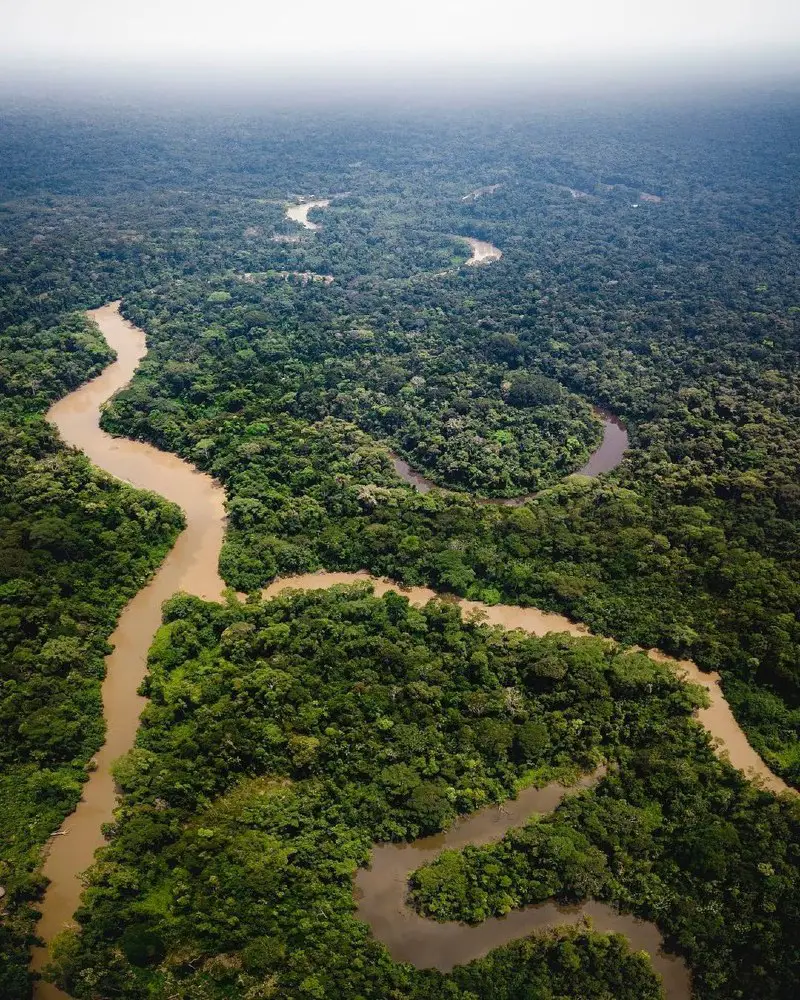
Moments that will be Treasured Forever
I have had many incredible experiences in the Amazon which have all been memorable in their own right. I have swum with Pink Amazon River Dolphins, had wild Squirrel Monkeys climb all over me, fallen through rotten wood into Black Caiman infested waters, swum in a river of gold (real gold) and helped build homes in various indigenous communities.
But I think the biggest moment that I will bring back with me is the project I’m doing with Amazon Andes Conservancy. The AAC is collaborating with indigenous leaders and local governments to create a bio-corridor to help wildlife migrate from the Amazon Basin to the Andes Mountains.
A massive migration happens every 20,000 – 50,000 years when the climate becomes too hot (or cold). At the moment, this pathway is blocked by a 2,000 mile unplanned human development wall at the base of the Andes. This threatens the extinction of entire forest communities.
My job has been to document this incredibly important work to ensure protection. The fast pace of human development, animal agriculture, and ongoing mining and petroleum projects threaten this migration.

Need to Know Before you Go
The Amazon can be a hot and humid place, but the temperature can drop at night so bring an extra layer to wrap up. Also, depending on the season, you can be around a lot of biting insects. Pack some light, breathable and long sleeved clothing. This will protect you from the strong sun too.
Welly boots (rubber/gum boots for those out of touch with UK lingo) are useful. If you go walking in the jungle, expect mud – especially in the rainy season. Often on the trails you need to walk through streams. If you are traveling along the river, when disembarking from the boat, you may be dropped off deeper than your ankles. Other necessities are listed below:
- Toilet paper
- Mosquito/bug repellent and sunblock
- UV light water filter to filter the river water
- Head torch, though a phone torch will suffice
- Quick Dry trousers which zip off to become shorts
- If you take food, be sure to bring the packaging back with you. Do not leave it in the Amazon! Some indigenous groups are not informed enough to know that plastics don’t biodegrade. Make it a priority to clear up all trash.
- If you visit an indigenous community, I think it’s nice to gift them a big bag of rice or something since you are most likely going to be eating their produce. I avoid junk food and cola as a health choice but they love that also. Just ask for the trash back when they have finished.










